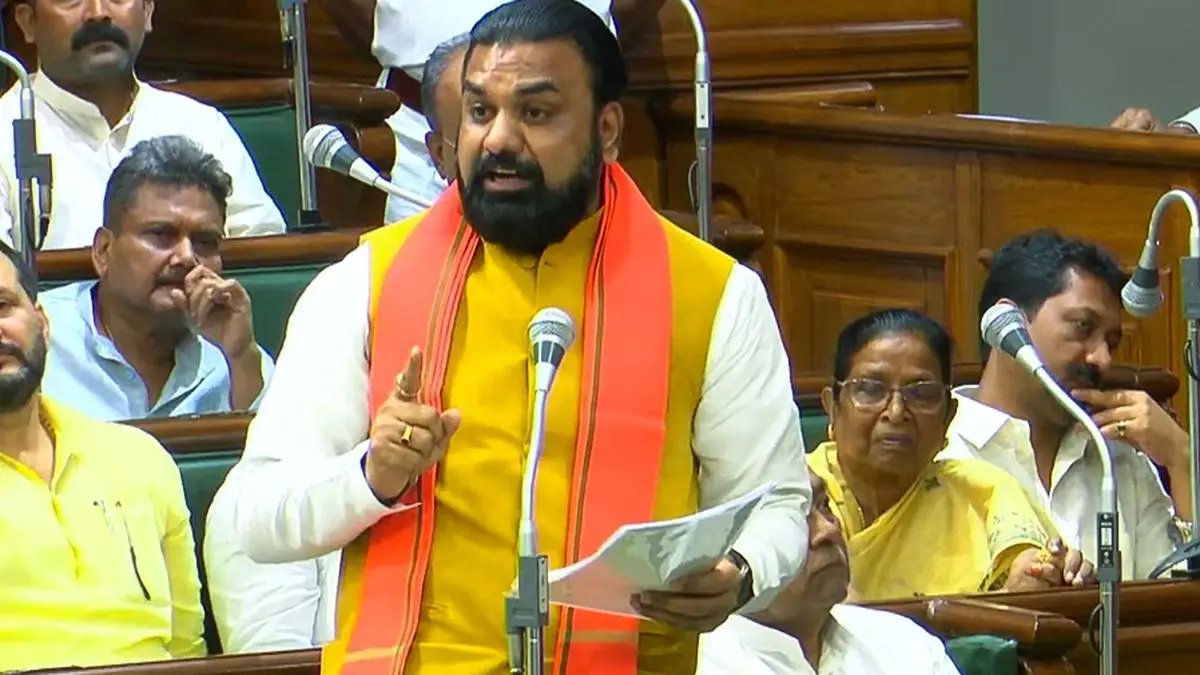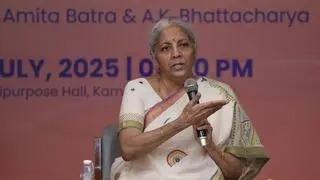Group of Ministers on Rate Rejig endorses Centre’s proposal of two basic rate structure for GST


Deputy Chief Minister of Bihar, Samrat Chaudhary on Thursday endorsed Centre’s proposal of two basic slab structure of Goods & Services Tax
| Photo Credit:
ANI
A Group of Ministers under the convenorship of Deputy Chief Minister of Bihar, Samrat Chaudhary on Thursday endorsed Centre’s proposal of two basic slab structure of Goods & Services Tax. Now the matter will be taken up by the GST Council, which is expected to meet during thIrd week of September.
As of now, there are four basic rates — 5, 12, 18 and 28 per cent, along with besides special rates of 0.25 per cent and 3 per cent. Some goods, such as tobacco and automobiles, attract are under a 28 per cent rate plus a compensation cess.
On August 15, after Prime Minister Narendra Modi’s Independence Day announcement of the second generation of GST reforms entails a critical rehaul of the tax rates,
The GST law prescribes the maximum slab of GST rate at 40 per cent. Sources said that the number of goods in the 28 per cent rate category is has been proposed to be limited to 5-7, primarily covering which are mostly tobacco, pan masala, etc.
“The proposal is to introduce a new slab of 40 per cent. This new rate will take effect kick in once the compensation cess collection is phased out,” the source said. “Tax incidence will be the same on sin goods (tobacco, gutka, cigarettes) as before. There will not be any reduction,” the source added.
Sources said that there are five basic principles of rate rationalisation. The first is a simple tax, which has two components — special concessions and de-merit goods. The second is related to common men, women and students. Here, all essential commodities such as food, medicine, education and daily use goods will either attract a NIL rate or 5 per cent. “These goods include hair oil, tooth brushes, pencils, etc,” the source said
The third principle is related to farmers, where the effort would be to reduce rates on farming equipment. This is aimed at increasing productivity and enabling farm mechanisation. The fourth principle would be for the aspirational middle class, where the effort would be to lower rates on white goods. The fifth is related to compensation cess, its removal doing away with which will provide greater fiscal space and flexibility to rationalise and align the rate with the GST, sources added.
More Like This


Published on August 21, 2025


